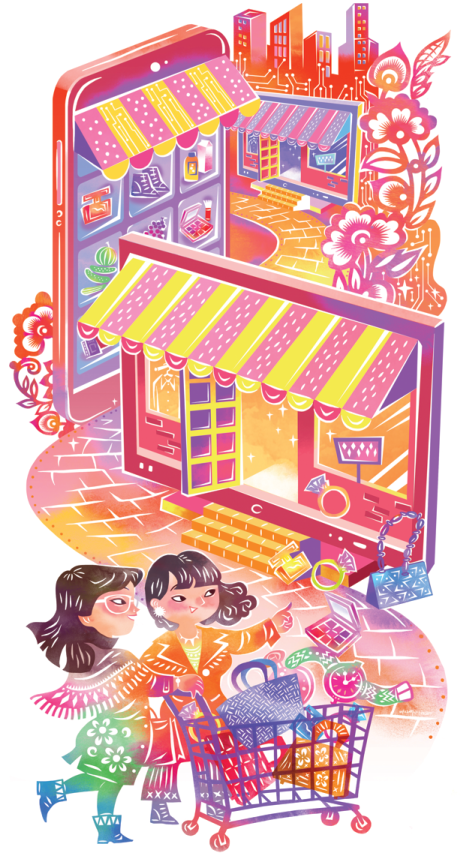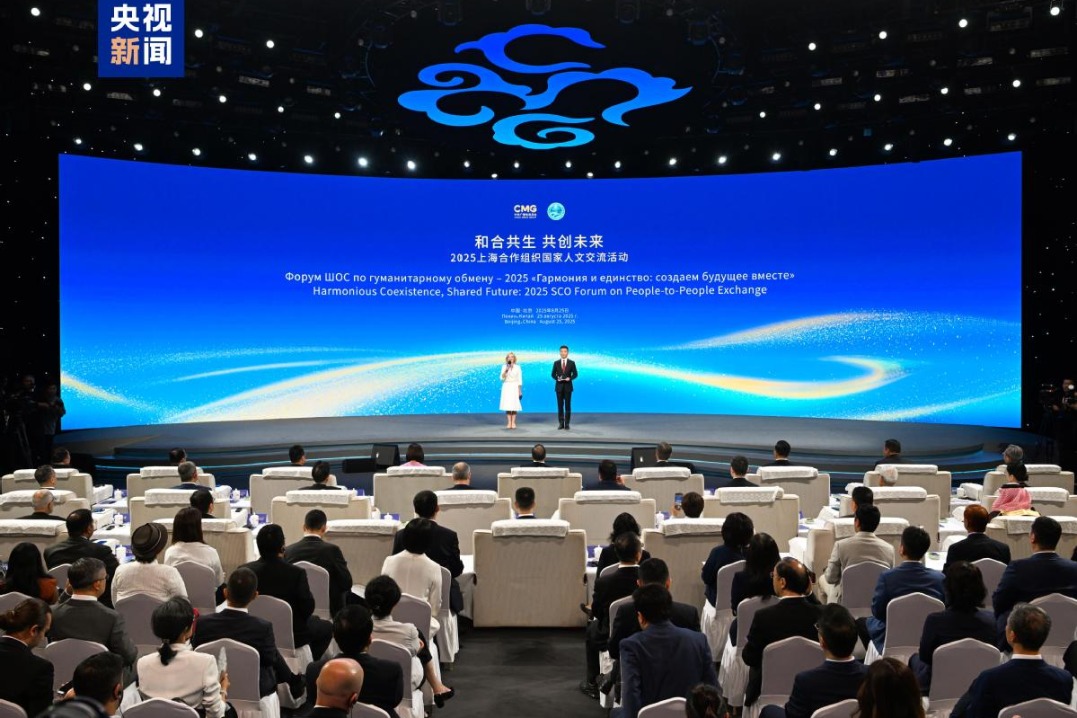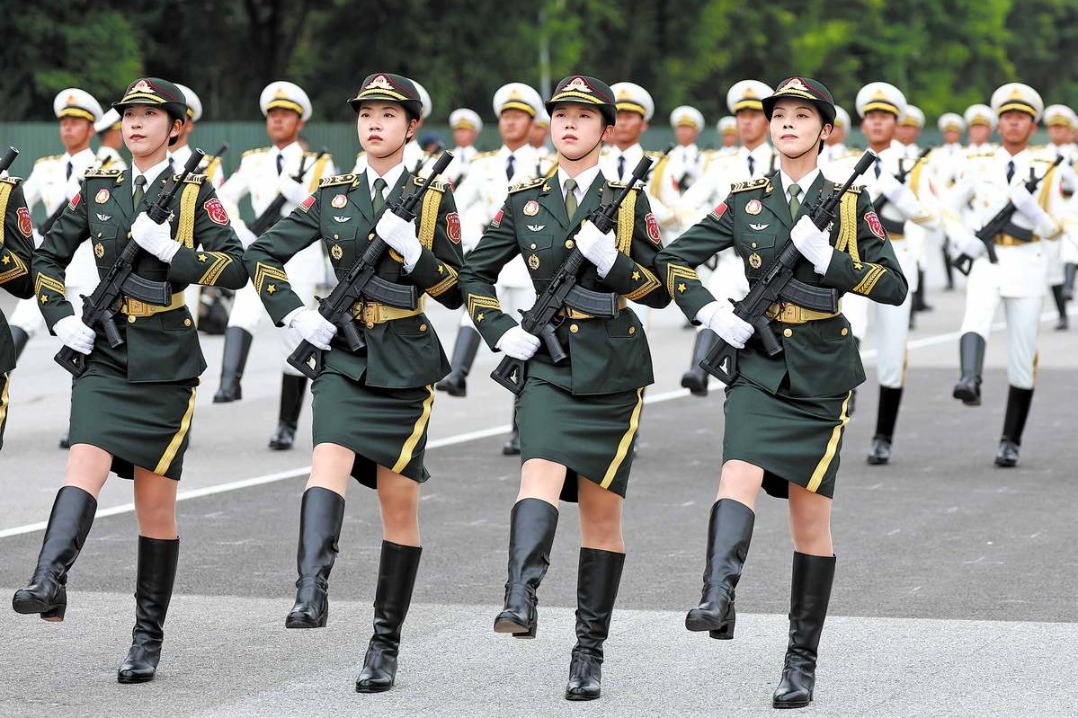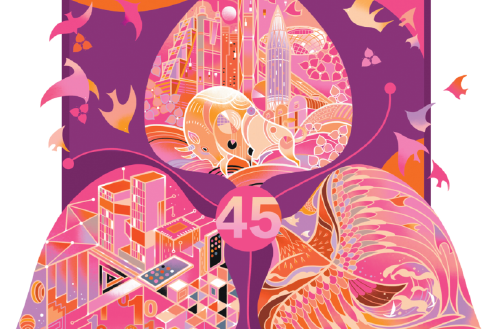Emotional consumption


Young consumers are increasingly buying things to get emotional or psychological satisfaction — something that is shaping market dynamics
China's consumer market is undergoing a quiet change. Walking into a shopping mall, we often find young consumers queuing up to buy not things for daily use, but products and services that provide emotional satisfaction. From blind-box toys to trendy coffee shops, from virtual idols to immersive experiences, young people are redefining the market's value standards with their consumption behaviors.
Behind this phenomenon lies a profound transformation in consumer mindset. Traditional economic theory assumes that humans make rational consumption choices aimed at maximizing their economic well-being. But in the era of material abundance, emotional factors are becoming a significant variable in consumption decisions.
The rise of the young consumer group is the core driving force behind this transformation. As Generation Z, or Gen Z, representative of the younger generation, gradually become the main force of consumers, their consumption behaviors and preferences are reshaping the landscape of China's consumer market.
China's Gen Z population is estimated to be around 260 million. Apart from considerable purchasing power, this group demonstrates new consumption attitudes and behavioral patterns. The distinctiveness of young consumers lies not merely in the amount they spend, but also in the structural characteristics of their consumption behavior — they are more willing to pay for emotional experiences rather than solely pursuing the practical functionality of products. This shift in consumption patterns is driving the transition of the consumption structure from a traditional model dominated by goods consumption to one that emphasizes both goods and services.
China's young consumers have grown up during a period of rapid economic development. The swift advancement of internet technology has shaped their ways of thinking and consumption habits, giving rise to distinctly digital, social and personalized consumption behaviors.
Take the recently booming blind-box economy as an example. Some trendy toy brands have achieved remarkable sales by precisely understanding the psychological needs of young consumers. The explosive popularity of Labubu toys, leading to global shortages, vividly demonstrates the market influence of China's youth consumer group.
More notably, young consumers' purchasing decisions are often influenced by social media and online communities. They share shopping experiences on social networking platforms, forming a unique dissemination mechanism of consumer culture.
Further analysis reveals that compared with traditional consumption behavior, young consumers place greater emphasis on the emotional experiences and psychological satisfaction provided by products.
The emergence of this phenomenon has deep socio-psychological foundations. In today's fast-paced and high-pressure modern life, young people are increasingly seeking emotional attachment and psychological comfort. The cute and playful designs, exaggerated expressions and hidden-item mechanisms of some consumer products appeal to young people's desire for collection, sense of surprise and social needs.
Psychological studies show that cute images can effectively activate the brain's pleasure centers, producing an emotionally soothing effect. Young people engage in this type of consumption to relieve stress and gain immediate happiness. At the same time, this type of consumption has strong social attributes. By sharing their collections on social media and participating in online and offline activities, young people build their own social circles and establish a sense of identity. This emotion-driven consumption model is impacting the fundamental logic of the entire consumer market.
A close examination of the latest trends in the youth consumer market reveals a clear and significant emerging trend: while young consumers appear to be purchasing trendy toys, what they are actually consuming is the cultural identity behind these products — namely, a new form of digital cultural consumption.
The rise of this consumption pattern signals a transformation in China's consumption structure, the core of which is a shift from purely product-based consumption to a balanced model emphasizing both goods and services.
Driven by these digital natives, virtual goods, digital content and online services are becoming integral components of the consumer market. The explosive growth of new consumption forms such as game skins, virtual idols and digital collectibles fully demonstrates this trend.
At the same time, experiential service consumption that integrates online and offline elements is also growing rapidly. Many anime and gaming-focused companies not only sell blind boxes, but also create comprehensive consumer experiences through themed exhibitions, IP collaborations and other value-added services.
The current transformation in consumption structure is rooted in profound historical context and socioeconomic foundations. On the one hand, as people's living standards improve, consumer needs are evolving — from fulfilling basic needs to pursuing spiritual and cultural fulfillment. On the other hand, the rapid advancement of digital technologies has provided the technical support and practical pathways for new consumption models.
As digital natives, the youth consumer group naturally adapts to and actively drives this transformation. Notably, the transformation shows not merely a change in consumption patterns, but a fundamental shift in the way the socioeconomic system operates. It requires enterprises to rethink how value is created — shifting from simply providing products to building comprehensive consumption ecosystems. In the future, some of the most successful business models will undoubtedly be those that accurately understand consumers' emotional needs and deliver holistic, experience-driven services.
From a macro perspective, the transformation of consumption structure also reflects the evolving stage of China's economic development. As the service sector accounts for an increasing share of the national economy, consumption is playing an increasingly prominent role as the primary driver of economic growth. A special action plan for boosting consumption, jointly issued by the General Office of the Communist Party of China Central Committee and the General Office of the State Council, China's Cabinet, emphasizes supporting and promoting new forms and models of consumption, as well as accelerating the development of new types of consumption.
The behavioral characteristics of the youth consumer group align precisely with this strategic direction, and their consumption preferences are leading the entire market toward high-quality and diversified development. It is foreseeable that as Gen Z gradually becomes the backbone of the consumer market. A consumption structure emphasizing both goods and services will become mainstream, profoundly influencing future business model innovation and industrial restructuring.
It should be noted that the rise of emotional consumption brings both opportunities and underlying challenges.
On the one hand, it drives consumption upgrading and industrial innovation; on the other, it may also encourage irrational consumption behaviors. Some young people fall into the vicious cycle of "buying for the sake of buying", using continuous consumption to fill emotional voids — a phenomenon that warrants caution.
In the long run, a healthy consumer market should strike a balance between meeting emotional needs and maintaining rational consumption.
For enterprises, it is necessary to shift from simple emotional stimulation to deeper value creation; for consumers, it is important to cultivate a more mature consumption mindset. Only when emotional consumption is built upon genuine emotional connections and value-based identification can a true win-win situation be achieved between consumers and businesses.
The author is executive associate dean of the School of Media and Communication at Shanghai Jiao Tong University and distinguished professor at the Institute for Cultural Innovation and Youth Development at Shanghai Jiao Tong University. The author contributed this article to China Watch, a think tank powered by China Daily.
The views do not necessarily reflect those of China Daily.
Contact the editor at editor@chinawatch.cn.


































